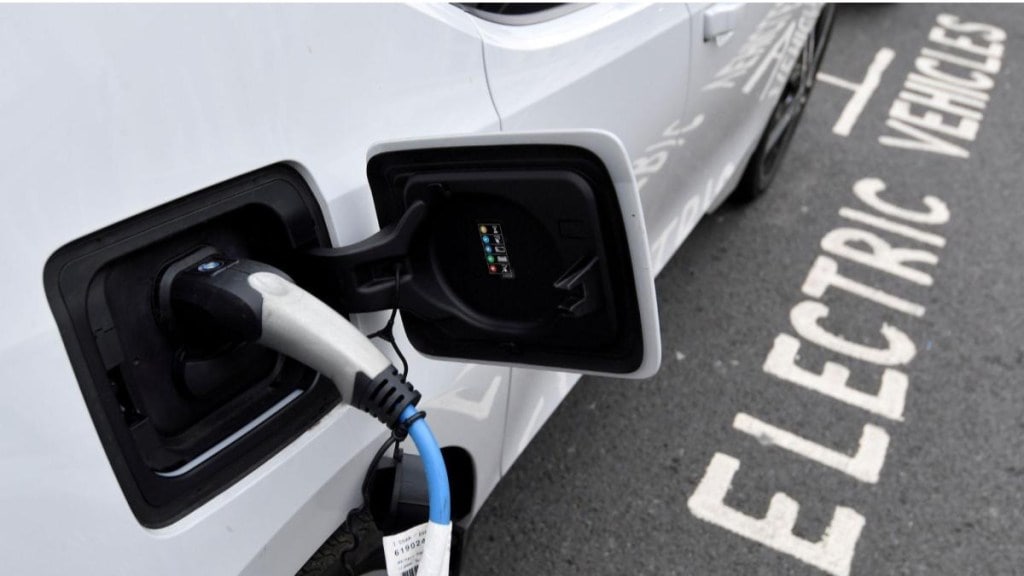Chandigarh, Goa, Delhi, Maharashtra, and Karnataka are the five best places for owning and living with an electric vehicle in India, and Arunachal Pradesh, Assam, Bihar, Jharkhand, and Sikkim are the places where it’s difficult to use EVs, a study by HERE Technologies (mapping company) and SBD Automotive (consultancy) has found.
Released on the World EV Day (celebrated every year on September 9, since 2020), the HERE-SBD study noted that states and Union territories were ranked based on EV adoption and charging infrastructure in respective places.
Abhijit Sengupta, senior director and head of business for India and Southeast Asia, HERE Technologies, told FE that Chandigarh scored the best in charger availability and fleet share, while Delhi excelled in access to charging infrastructure. Rajasthan, on the other hand, has the highest EV fleet penetration, and Uttar Pradesh hosts the largest EV fleet in India.
“Chandigarh leads the nation with an impressive score of 81.9, and Union territory’s success can be attributed to its comprehensive Zero Emission Vehicle (ZEV) Deployment plan, which provides significant incentives for the purchase of EVs and the installation of charging infrastructure,” he said. “This approach has resulted in Chandigarh not only securing the top spot overall, but also achieving the highest number of chargers per EV, with 148 chargers serving a relatively small population of 179 EVs.”
In terms of fleet penetration, Rajasthan stands out with the highest percentage of EVs in its vehicle population, at 0.049% (the percentage of EVs to overall vehicles running on the roads, and not just sales share). Uttar Pradesh boasts the largest EV fleet in the country, with 18,300 EVs running on its roads.
Sengupta added that Delhi has made considerable progress in enhancing its EV infrastructure, earning the highest score for charger infrastructure access. “With one charger for every 12.5 km of road, Delhi ensures that EV drivers have easy access to charging facilities, addressing one of the key barriers to widespread EV adoption – range anxiety, which refers to the fear of running out of battery charge before finding a charging station,” he said.
Among states with a significant number of chargers, Chandigarh excels, with an average power capacity of 46 kW across its 148 chargers, making it a model for other regions aiming to improve their charging infrastructure.
The HERE-SBD study includes light EVs (passenger cars, and two- and three-wheelers), but not electric buses or trucks.
Sengupta said that the HERE-SBD study is more than just a ranking, but a catalyst for informed decision-making in India’s electric mobility sector. “By spotlighting both strengths and areas for improvement across states, this study can empower policymakers, industry leaders, and consumers to make data-driven decisions that can accelerate the adoption of EVs in the country.”
Due to lack of enough data, four states (Meghalaya, Mizoram, Nagaland, and Tripura), and three Union territories (Lakshadweep, Ladakh, and Jammu & Kashmir) couldn’t be covered by this study.


















